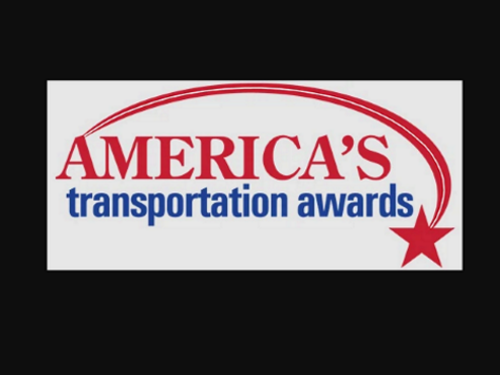A new study from the Insurance Institute for Highway Safety or IIHS indicates that, in areas with few streetlights, motorists are more than three times as likely to yield to pedestrians at illuminated crosswalks versus non-lighted ones.
[Above photo by IIHS]
The study also found that motorists are 13 times more likely to yield to pedestrians at lighted crosswalks that also include flashing yellow warning beacons, explained IIHS President David Harkey in a statement.
“These results show that simple changes can have a dramatic impact on pedestrian safety,” he said. “When drivers are yielding, pedestrians aren’t dying.”
IIHS noted that roughly 75 percent of the 7,522 pedestrians who died in motor vehicle crashes in 2022 were killed in the dark, suggesting that improved lighting could help stem the rising tide of pedestrian fatalities.

[Editor’s note: Over the last several years, state departments of transportation across the county have been working on ways to reduce roadway-related pedestrian fatalities and injuries. That includes everything from broad active transportation policy updates to the installation of technologies such as rectangular rapid flashing beacons – known as pedestrian activated beacons – to help improve safety for pedestrians along major traffic corridors.]
To help identify the most effective interventions, researchers from IIHS and Western Michigan University compared the effects of different crosswalk lighting systems at two “T” intersections, a four-way intersection, and a midblock location in Kalamazoo, MI. None of the locations had a stop sign or traffic signal, IIHS noted.
At all four locations, the researchers tested the effects of a commercial crosswalk illuminator when it was set to provide light on a constant basis and when it was set to come on only when triggered by a pedestrian.
In general, the researchers found that any type of added lighting or flashing beacons improved yielding at the three dark locations. However, yielding was highest with the combination of flashers and triggered crosswalk lighting.
“These results show that crosswalk lighting and flashing beacons make pedestrians substantially safer in poorly lit areas,” said Wen Hu, IIHS senior research transportation engineer and the study’s author. “Along with lower speed limits and road designs that discourage speeding, these simple solutions have the potential to reduce pedestrian injuries and fatalities.”
 Top Stories
Top Stories
NHTSA: Traffic Fatalities Declined in First Half of 2024
September 6, 2024 Top Stories
Top Stories

